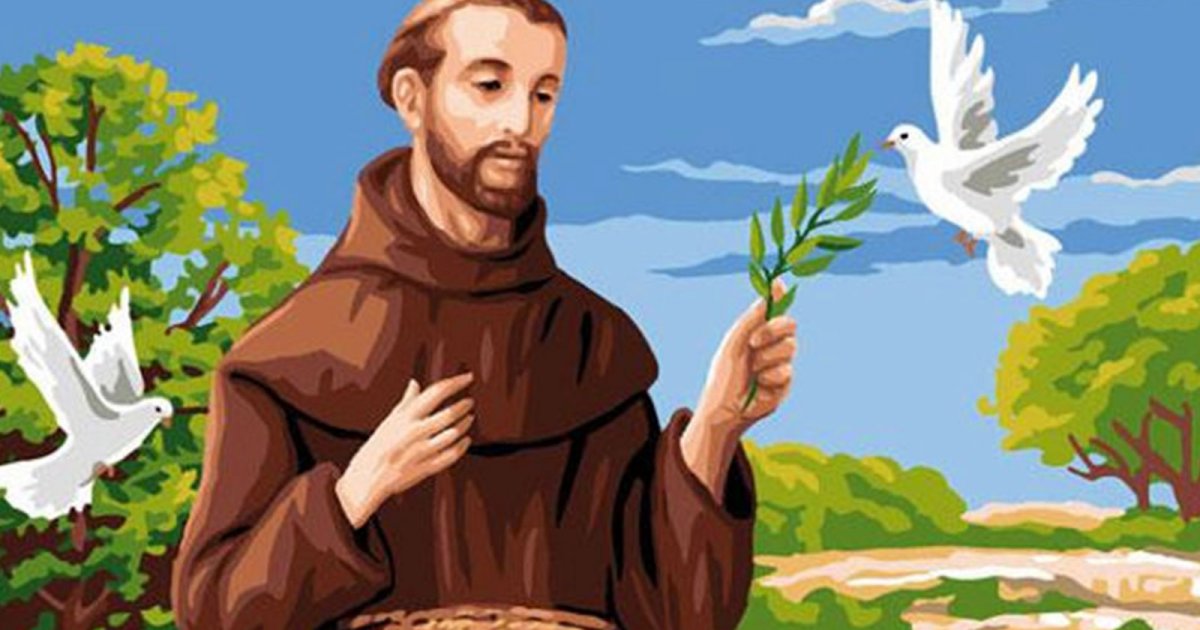BASILICA OF SAN FRANCESCO, Upper Basilica Giotto 1
 Language: English / USA
Language: English / USA
In the transept, you’ve seen the way Cimabue painted, illustrating the life of Christ and the Apocalypse. He used dramatic, visionary images, which are often difficult to interpret, and his painting style was too far removed from reality to be understood by the simpler folk who would be flocking to the church.
The decision was thus taken to bring in younger painters who were creating a simpler, more natural style, and were familiar with the fresco technique. It’s time at last to see how Giotto – one of the most talented “storytellers” of his time – depicted the life of Saint Francis, starting at the end of the wall on the right, near the transept.
The first episode, “The Homage of a Simple Man”, shows a man spreading a cloak before the saint, in the square of Assisi, opposite the Temple of Minerva. The scene is perfectly clear, and requires no explanation. Giotto’s artistic language is simple, straightforward, and with a wealth of references to reality, not only in the human figures and their poses and expressions, but also in the illustration of the setting, with the city of Assisi and its buildings clearly visible and recognizable. The buildings are shown as they were in Giotto’s time, as are the characters. For the temple, however, he painted five columns instead of six, so it would not take up too much space in the center of the scene.
The next episode shows “Francis Giving his Mantle to a Poor Man”. This is hugely different from the painting on the same theme by Simone Martini in the Lower Church: here, everything appears to be happening naturally, and there are no sophisticated, ornamental details, such as the horse’s mane which you may remember. The outline of the mountains meets above the head of the saint, indicating that he is the central figure in the story.
In the following fresco, entitled “Renunciation of Worldly Goods”, observe how Giotto has separated Francis, with the church and the priests, from his father, with the palace and the bourgeoisie. In the empty space in the center, the Saint’s hands are joined together to underline the importance of prayer.
The fresco entitled “Exorcism of the Demons at Arezzo” follows the same pattern: the saint appears to draw energy from the church, which is then released in the gesture of exorcising the demons.
An interesting fact: Giotto also had a sharp sense of humor. It is said that during his time in Cimabue’s workshop, he painted a fly on the nose of one of Cimabue’s figures, and that the artist did not realize until he tried to brush it away with his hand.



